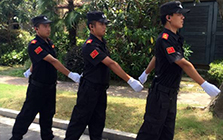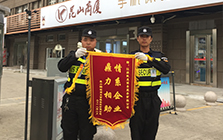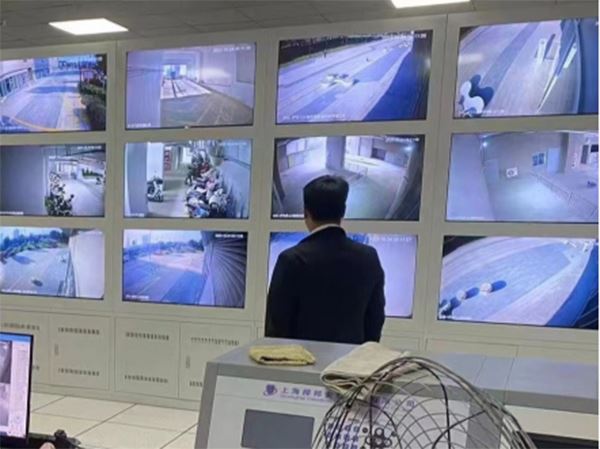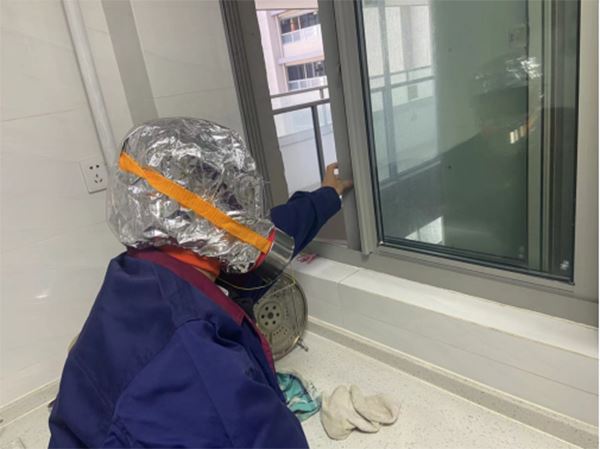
In order to improve the company's handling process of unexpected events and enhance its ability to prevent and handle accidents, Suzhou Security Company Jiangsu Jiusheng Security Service Co., Ltd. conducted an emergency response plan for gas leakage at the Suzhou Guanhu Square project department at 10 a.m. on October 24th, which improved our company's handling process in case of accidents and ensured the safety of people's property and lives.
The following is our standard process for handling gas leaks, please refer to and learn.
1. Report
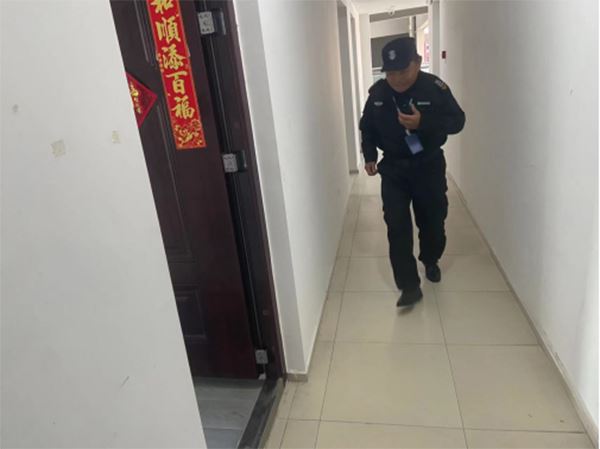 When a gas leak occurs, it should be reported immediately according to the accident reporting process. Attention should be paid to the use of communication tools such as mobile phones and walkie talkies during the reporting process to generate sparks and ignite. When reporting, it should be kept away from the leakage area.
When a gas leak occurs, it should be reported immediately according to the accident reporting process. Attention should be paid to the use of communication tools such as mobile phones and walkie talkies during the reporting process to generate sparks and ignite. When reporting, it should be kept away from the leakage area.
2. Evacuate the crowd
Evacuating the crowd includes two levels: evacuating external personnel from the leakage area and evacuating internal personnel after disposal failure. The method and route for internal personnel to escape after losing control should be established, and the conditions for internal personnel evacuation should be set in advance. After reaching the evacuation conditions, internal personnel do not need to be instructed to evacuate immediately.
3. Alert
 Warning includes four aspects of work: blocking external personnel, real-time monitoring of detection data at the warning line, monitoring emergency personnel in hazardous areas, and correctly guiding the media and the public.
Warning includes four aspects of work: blocking external personnel, real-time monitoring of detection data at the warning line, monitoring emergency personnel in hazardous areas, and correctly guiding the media and the public.
It should be noted that the warning range should change at any time as the edge detection data changes. Traffic should be controlled within the warning area, and fireworks and unrelated personnel are strictly prohibited from entering.
4. Pipe valve
 Closing the valve is a key operation for on-site emergency response of gas leaks, with the purpose of cutting off or reducing the source of gas. In the emergency process, when the leakage point is unclear, considering the emergency time and accident consequences, it is not recommended to use pressure reduction treatment. In other emergency situations, such as using pressure reduction measures, there should be dedicated personnel and specialized monitoring devices to monitor changes in gas pressure. During the pressure reduction process, the pressure reduction speed should be controlled, and negative pressure inside the pipeline is strictly prohibited.
Closing the valve is a key operation for on-site emergency response of gas leaks, with the purpose of cutting off or reducing the source of gas. In the emergency process, when the leakage point is unclear, considering the emergency time and accident consequences, it is not recommended to use pressure reduction treatment. In other emergency situations, such as using pressure reduction measures, there should be dedicated personnel and specialized monitoring devices to monitor changes in gas pressure. During the pressure reduction process, the pressure reduction speed should be controlled, and negative pressure inside the pipeline is strictly prohibited.
5. Release
The purpose of dispersion is to artificially control the concentration of leaked gas. The release method can be achieved by opening the release valve for safe release, natural open ventilation, and forced ventilation with a fan.
Due to the high concentration of gas around the discharge point, attention should be paid to avoiding sparks during the discharge process, and the equipment used must be explosion-proof.
6. Detection
The purpose of detection is to infer the location of leakage points through data collection, determine the situation, and grasp the weather.
Detection includes gas quality inspection, concentration measurement, temperature, wind speed, wind direction measurement, and other aspects to infer the location of leakage points, judge the situation, and grasp the weather.
7. Exploring the Edge
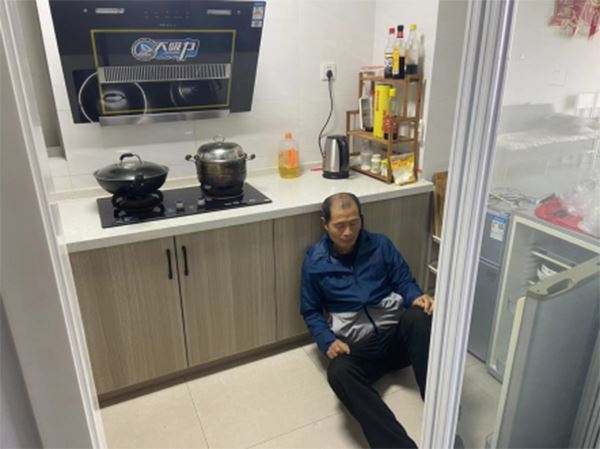 Edge detection is a method to determine the impact range of leaked gas, and its purpose is to find the safe boundary and determine the range through gas concentration detection. Edge detection includes outdoor inspection, excavation inspection, pit and ditch inspection, cross pipe network inspection, building inspection, and other aspects.
Edge detection is a method to determine the impact range of leaked gas, and its purpose is to find the safe boundary and determine the range through gas concentration detection. Edge detection includes outdoor inspection, excavation inspection, pit and ditch inspection, cross pipe network inspection, building inspection, and other aspects.
The results of edge detection are the basis for determining the warning and evacuation of personnel, and special attention should be paid to the detection of gas flow in the pipe trench.
8. Prohibition of Fire
The purpose of fire prohibition is to cut off the ignition source and prevent gas leakage and explosion. Fire prohibition should consider various factors such as extinguishing open flames, avoiding the generation of electric sparks, preventing exhaust sparks, preventing electrostatic sparks, and strictly prohibiting the use of non explosion-proof electromechanical equipment and instrument tools.
9. Disposal
The purpose of disposal is to identify and repair any leaks, and to prevent the situation from escalating. The disposal includes two processes: determining the leakage point and conducting emergency repairs. The disposal method should comply with the relevant requirements of the "Safety Technical Regulations for the Operation, Maintenance, and Emergency Repair of Urban Gas Facilities".
10. Restore
 The purpose of recovery is to restore safe operation. Recovery includes four steps: safety testing, cause analysis, responsibility identification, and resumption of operation. After completing the repair, a comprehensive inspection should be conducted on the surrounding mezzanine, flue, underground pipelines, and buildings (structures) of the accident site. 24-hour key monitoring should be arranged for the accident site, and temporary remedial recovery should be promptly rectified within the validity period.
The purpose of recovery is to restore safe operation. Recovery includes four steps: safety testing, cause analysis, responsibility identification, and resumption of operation. After completing the repair, a comprehensive inspection should be conducted on the surrounding mezzanine, flue, underground pipelines, and buildings (structures) of the accident site. 24-hour key monitoring should be arranged for the accident site, and temporary remedial recovery should be promptly rectified within the validity period.
It should be noted that after recovery, the accident summary must be carried out in accordance with the principle of "four not letting go" to prevent similar accidents from happening again.
Prev: 加州国际娱乐注册玖晟-机房设备管理准则
开云体育官方注册开户
- Good news - Warm congratulations to Suzhou Security Company Jiusheng Security for entering the new project
- Kunshan Security Company Jiusheng Computer Room Equipment Management Guidelines
- Jiusheng Suzhou Security Company - Emergency Plan for Gas Leakage
- Key tasks arranged by Jiusheng Kunshan Security Company before the Double Festival holiday
- Ten Core Points of Team Management for Jiusheng Suzhou Security Company
- Caring for public welfare and warm clothing

